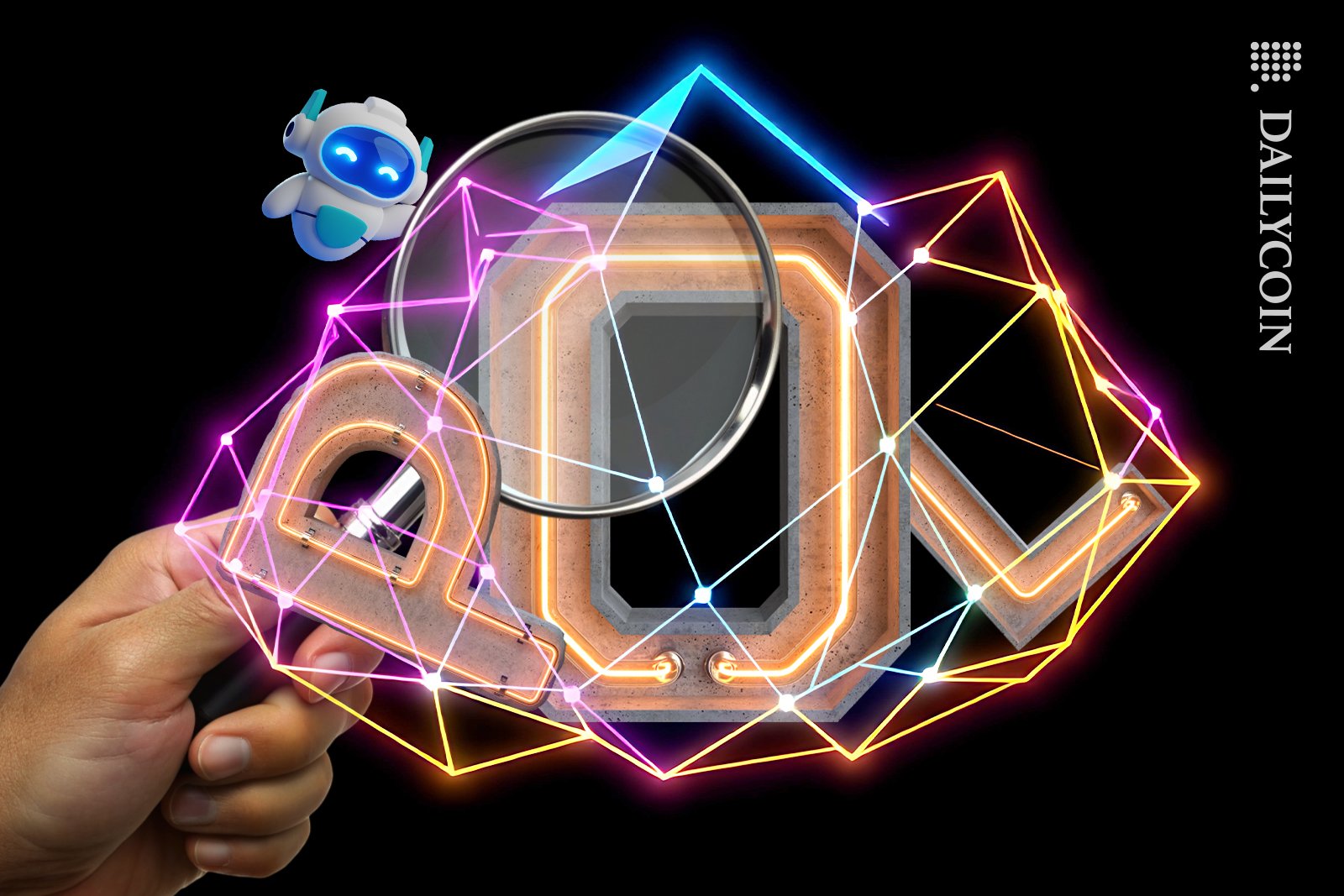- Polygon has taken a major step towards its unified chain vision.
- During the initial phase of upgrading from MATIC to POL, only limited functionality is available.
- Developers expect POL to eventually evolve into a “super-productive” token.
Last year, Polygon Labs, the developer of the Polygon Network, announced plans to scale Ethereum infinitely via an “aggregate” chain architecture that horizontally connects as many chains as possible on top of its leading Layer 1. As part of this new roadmap, the developers announced several massive changes planned for the network, including upgrading the ecosystem’s native token from MATIC to POL.
A year after that announcement, this upgrade is now live. What changes will POL bring to Polygon?
New Gas and Staking Tokens and Inflation
After weeks of waiting, the upgrade from MATIC to POL tokens began on Wednesday, September 4th, as of this writing.
Following the recent upgrade, POL will become the new gas and staking token for the Polygon PoS chain. This means that transaction fees on the Polygon PoS chain will now be charged in POL instead of MATIC. At the same time, staking rewards on the network will now be paid in POL.
In addition to the name change, POL offers a completely new token economics model: MATIC has a fixed supply of 10 billion tokens that are gradually reduced through a burn mechanism, while POL is inflationary.
The POL supply is the same as MATIC 1:1, but grows at a rate of 2% per year, with community members having the option to adjust the rate in the future. While this new token economics may seem counterproductive to some, Polygon developers argue that this inflation is necessary for the sustainable development and growth of the network.
Under the new token economics, 1% of the annual token issuance will be dedicated to validator rewards, while the remaining 1% will be sent to the community treasury, which will be used to support Polygon development efforts, ecosystem grants, and adoption initiatives.
But these usability and changes are just the beginning. Polygon Labs recently explained that the upgrade from MATIC to POL is only Phase 1.
“Super-productive token”
According to the developers, the ultimate goal of POL is to become a “super-productive token.” For users, this step involves earning multiple rewards across multiple blockchains within Polygon’s integrated network. This feature is expected to be activated sometime in 2025, when the planned staking hub on the integrated Polygon network is activated.
At the same time, POL will provide other network security services such as sequencing and ZK-proof generation.
Despite the recent anticipation of an upgrade from MATIC to POL, POL is trading at a price range of $0.38 per share. CoinMarketCap Data at the time of writing shows a 6% decline over the past 24 hours. This decline occurred as macroeconomic uncertainty put downward pressure on risk markets.
On the other side
- The overall vision of POL has not yet been realized.
- Despite Polygon’s technological advancements, POL (formerly MATIC) underperformed the overall cryptocurrency market last year.
Why this matters
POL has been a promising fuel for Polygon’s unified blockchain future, and the recent upgrade brings it one step closer to that future.
The upgrade from MATIC to POL is underway, so read on to learn what to do now.
Polygon’s MATIC to POL Migration Coming in September: What This Means for You
Get the latest news on the Tigran Gambarian detention case:
UPDATE: “THAT’S A LIE!”: Gambarian yells as 2nd Jewel Trial Deadlock Ends

